Choose from our collection of Steel Radiators
The timeless efficiency of standard steel radiators is unmatched, combining reliability with just a touch of sophistication. Our steel radiators are engineered to withstand the test of time, providing consistent and reliable heat throughout the rooms in your home.
Offering a diverse range of options, from classic compact radiators to double and single-panel radiators, we at Stelrad ensure that every heating need is met with precision. Embrace the durability and efficiency of our standard steel radiators, designed to seamlessly integrate into any setting while delivering optimal performance. Trust us to bring you the perfect blend of functionality and style in your heating solutions.
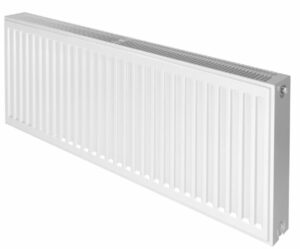
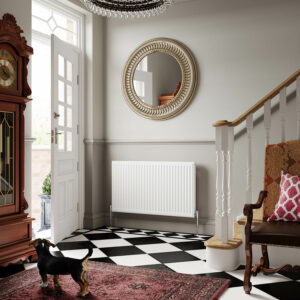
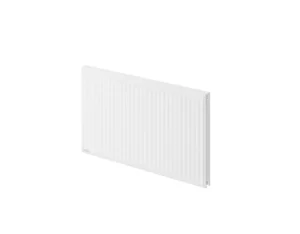


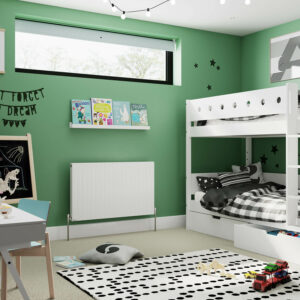
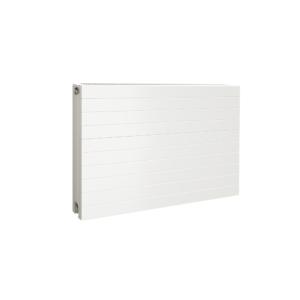
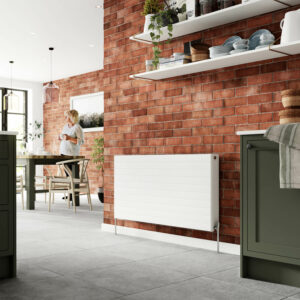
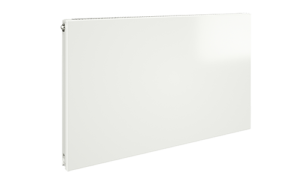
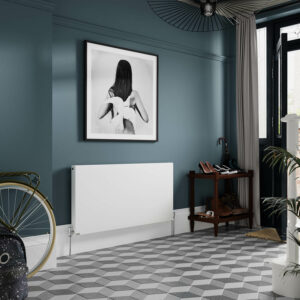
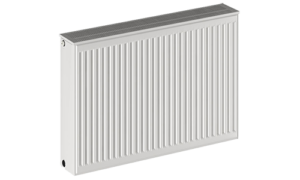

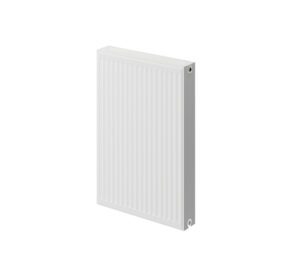
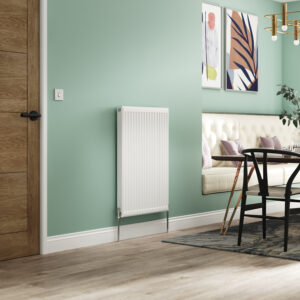
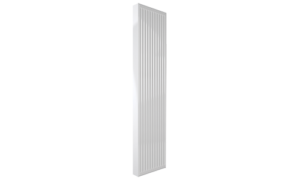



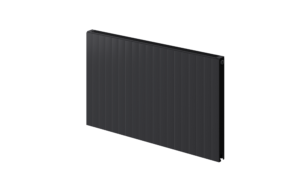
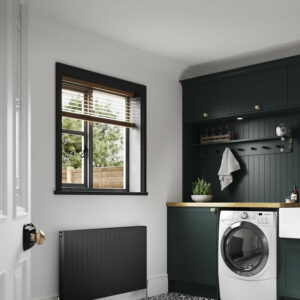

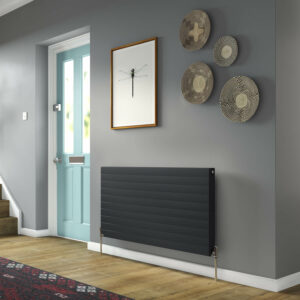



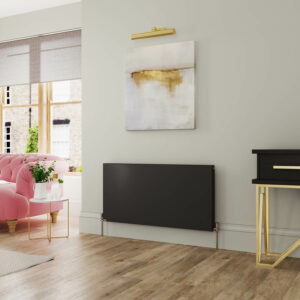
Steel Radiators UK - FAQs
Are steel radiators better than aluminium?
Steel is an extremely high-quality metal with numerous desirable qualities you would wish to find in a high-performing radiator. As well as not being able to rust, it’s also an extremely efficient conductor of heat, as steel radiators retain heat for longer than aluminium, which means once you’ve turned off the central heating and are no longer burning energy, your house will remain warm. As well as its conductive and non-corrosive properties, steel radiators also look great and can be easily cleaned and maintained.
Aluminium is a highly conductive element, so buying a radiator made of this can heat up fast ideal for when you need to quickly heat a room. However, it won’t retain the heat for as long once the heating has been turned off compared to a steel radiator. Additionally, the low water content of an aluminium radiator allows it to be highly responsive to thermostat changes, so you can cool the house down quicker if you so desire. The light weight of aluminium, compared to that of a heavier steel radiator is also a benefit. Steel radiators and aluminium radiators both have their benefits, but we would recommend you use our BTU Heat Calculator to find out which is best suited for you.
What is the smallest steel radiator available?
We have a range of sizes you can choose from, so if you need something compact for a smaller room, our classic compact radiator can provide what you are looking for. Using our radiator size tool is the best way to find matching radiators to your measurements, as we have options from as small as 300mm in height and 400mm in width. It’s important to choose the right size radiator for the room, so while a small radiator may be less imposing if it is in a larger room, it may not work as efficiently. If you are unsure of the correct size, please do get in touch before proceeding with an order.
What are convection fins on steel radiators?
You will find convection fins on most radiator models, and they are thin, metal plates attached to the back of the radiator or between two panels in some models. Convection fins are used to increase the contact surface of the radiator tubes to the surrounding air. As hot water or steam flows through the radiator, it heats the metal fins, which then radiate heat into the surrounding air. The increased surface area of the fins allows for more heat to be transferred from the radiator to the air, making the radiator more efficient at heating a room. Convection fins help to ensure that the heat produced by the radiator is distributed evenly throughout the room, providing a comfortable and consistent level of warmth.
What is the difference between a K1 and a K2 steel radiator?
K1 and K2 are two different types of steel radiators that differ in size and heat output. The main physical difference is in the layers of convection fins. K1 radiators are single panel radiators that are designed for use in smaller rooms or spaces where lower heat output is required. K2 radiators, on the other hand, are double panel radiators that are for use in larger rooms or spaces where higher heat output is needed. Choosing between these two types of radiators depends on the size of the room or space that needs to be heated and the desired level of heat output. Using our BTU calculator can help determine which is best for the room you need.




